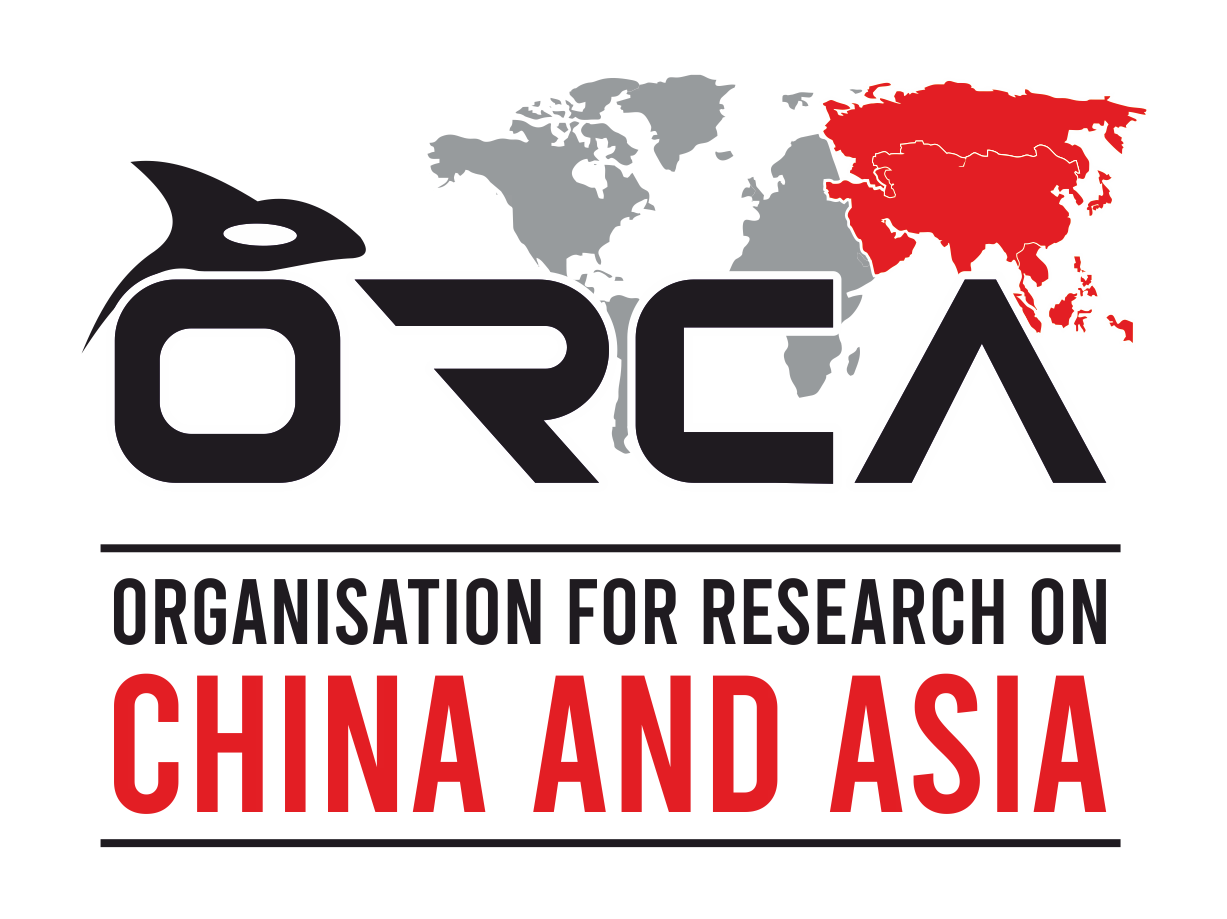The “sudden” success of China’s DeepSeek has brought global attention to its small and medium enterprises (SME) ecosystem that Beijing is cultivating to find solutions to its domestic and external economic headwinds. One of the key pillars of this ecosystem is its ‘Little Giants’ (小巨人) policy that aims to cultivate specialized, sophisticated, distinctive and innovative SMEs involved in strategic technological sectors such as Artificial Intelligence (AI), robotics, low altitude economy, semiconductors and more. This policy and the relevance of China’s innovation SME sector have gained prominence since the beginning of the US-China trade war during the first Trump administration and the subsequent curbs on exports of key strategic materials and technologies to China. This also gave rise to Xi Jinping’s ambitious techno-nationalism wherein the emphasis was placed on imports substitution by building globally competitive firms.
At the same time, domestically, crackdown on big technological giants for various reasons created gaps in China’s innovation sector which were expected to be filled by its SMEs. In this context, China’s Ministry of Industry and Information Technology (MIIT) introduced Little Giants policy in 2018 with an objective to build a network of innovative SMEs involved in strategic industries, and support them through financial and other measures. As of December 2024, six batches of such Little Giants companies have been announced with a total of 14,600 SMEs qualified to receive special concessions, surpassing the 14th 5-year plan goal of creating 10,000 by 2025. However, despite the state support, these Little Giants are not insulated from structural problems in Chinese and global economy which may limit the effectiveness of this policy. Nonetheless, as the US-China economic competition is likely to continue in various forms, these Little Giants will play a critical role in determining whether China can sustain and strengthen its position in global supply chains in the long run.
‘Fixing Weaknesses’ in Supply Chains Through Innovation
The criteria for designating Little Giants set by the MIIT ensured that only strategically important firms with a potential to strengthen domestic supply chains are selected. Besides sustained profitability and sound governance standards of SMEs, a critical emphasis is given on the innovative ability as well as strategic positioning of firms in domestic supply chains. To be eligible for Little Giants program, SMEs require to invest at least 3 percent of their operating income specifically in R&D and must possess a minimum of five class I patents with visible monetary benefits. Thus, SMEs are being re-oriented and incentivised to invest significantly in innovation as Chinese leaders link innovation to their survival, thereby securitizing the innovation sector. Moreover, Little Giants must hold a domestic market share of at least 10 percent in their niche sector and have an ability to “fix weaknesses” in domestic supply chains. These specific criteria indicate that Little Giants are encouraged to operate predominantly in the domestic market instead of targeting global markets and gradually replace dependency on western countries by bolstering supply chains within China.
In fact, the majority of Little Giants have become critical suppliers of key raw materials for bigger Chinese firms with global presence, and in some cases, even dominance. For instance, Little Giants like Xinjiang-based Hami CRRC New Energy Motor, which produces specialized wind turbines component and Hebei-based ONOFF electric which produces wind power converters, are both crucial partners of Xinjiang Goldwind Technology, one of the largest wind turbine producers globally. With similar examples in other strategic domains, Little Giants form an important foundation of China’s global tech domination efforts by de-risking its upstream supply chains.
Another important feature of Little Giants initiative is the strengthening of industry-academia linkages at the local level. As witnessed throughout China’s post-reform development, eastern provinces hold a major sway in the Little Giants program as a significant number of these firms are based in coastal provinces. Besides the economic clout of these provinces, a strong network of universities, research institutions with tech firms has also enabled these provinces to expand innovation abilities. In addition, dedicated clusters like Wuhan optics valley district, Hefei high-tech zone, Nanjing Jiangning district have also significantly contributed in concentrating supply chains with Little Giants playing an increasingly critical role in this evolving ecosystem.
Navigating Domestic Structural Challenges
The Chinese government allocates 6 million yuan for selected Little Giants to be distributed over 3 years, along with other financial support from the State and state-backed institutions. Besides this, state-backing for Little Giants is also expected to enable firms to raise money from stock exchanges and venture capitalists. In fact, the Beijing stock exchange was launched in 2021 with a specific focus to support SMEs. As a result, around 40 percent of initial public offerings (IPOs) launched on Shenzhen, Shanghai and Beijing stock exchanges in 2022 were by Little Giant companies. However, the Chinese stock market has not performed well since the pandemic, prompting comprehensive capital reforms by Chinese authorities. Similarly, venture capital funding in China has been on decline since 2021, with the 2024 investments plummeting by 32 percent compared to the previous year. Deflationary pressure in China coupled with geopolitical uncertainties have also eroded investors’ confidence in Chinese companies. Both these factors have caused Little Giants to eventually rely more on state finances, as evident from increase in investments by Chinese State-Owned Enterprises in strategic emerging industries in the past few years.
With Xi Jinping increasingly aiming to promote nationalism across all sectors, Little Giants will not remain isolated from these efforts as their operations are more likely to be driven by State and Party directives than market trends. This Party-driven approach threatens to blur the line between private firms and state-controlled entities as these Little Giants would prefer to follow State guidelines in order to avoid any crackdown as witnessed by their bigger peers like Alibaba and Tencent in the past. If private investments fail to grow in the next few years, Little Giants would become more dependent on state subsidies, further reducing their capacity to innovate independently.
Moreover, concerns surrounding overcapacity have plagued several strategic industries in China, particularly the renewable energy and electric vehicles sectors. The recent government work report presented by Li Qiang also talked about the cut-throat competition between Chinese companies, leading to profit squeezing. In this regard, Little Giants policy along with similar initiatives like Single Champions can be viewed as China’s solution to prioritize few winner firms over others and thereby, curb excess capacity. However, in light of rising unemployment and stagnant demand in China, the re-organization of its industrial structure that prioritizes SMEs, particularly in strategic industries which are being touted as “new productive forces”, may exacerbate these issues at least in the short-term. Thus, Beijing faces the herculean task of promoting Little Giants while steering the economy through structural headwinds.
Will Little Giants Make a Global Presence?
Given different criteria prescribed for eligible Little Giants, these firms are nurtured to overcome shortcomings in domestic supply chains and become a reliable partner for downstream Chinese companies having global presence. However, these firms also hold potential to become single and national champions in the long run if they are able to sustain global competition in their early stages as Little Giants. Yet, in the short term, these firms carry the fear of losing out on business from its western partners due to ambiguity about the State and Party’s role in these firms. Further, although these firms have largely remained out of the West’s sanctions mechanism, the success of DeepSeek may also bring China’s Little Giants under scrutiny.
Similarly, the future path of US-China trade war will also decide the fate of Little Giants in global markets, albeit these firms will aim to strengthen China’s domestic supply chain resilience while navigating economic challenges. While the success of Little Giants is visible in individual sectors, a cumulative effect of these efforts in terms of the de-risking of Chinese supply chains will take years to materialize. Meanwhile, a careful assessment of objectives and actions of these Little Giants will help to predict the next DeepSeek-like event and may avoid sudden shocks in an already unstable global economic environment.



Author
Omkar Bhole
Omkar Bhole is a Senior Research Associate at the Organisation for Research on China and Asia (ORCA). He has studied Chinese language up to HSK4 and completed Masters in China Studies from Somaiya University, Mumbai. He has previously worked as a Chinese language instructor in Mumbai and Pune. His research interests are India’s neighbourhood policy, China’s foreign policy in South Asia, economic transformation and current dynamics of Chinese economy and its domestic politics. He was previously associated with the Institute of Chinese Studies (ICS) and What China Reads. He has also presented papers at several conferences on China. Omkar is currently working on understanding China’s Digital Yuan initiative and its implications for the South Asian region including India. He can be reached at [email protected] and @bhole_omkar on Twitter.